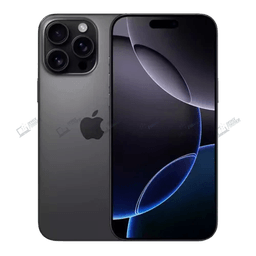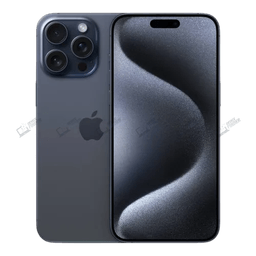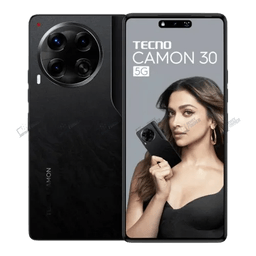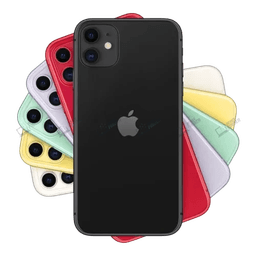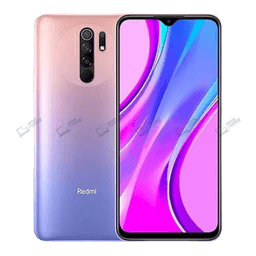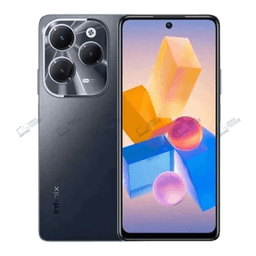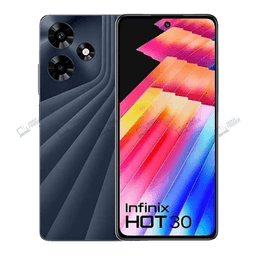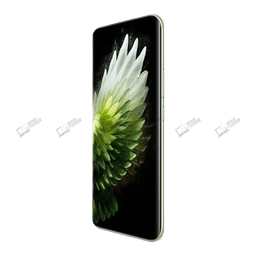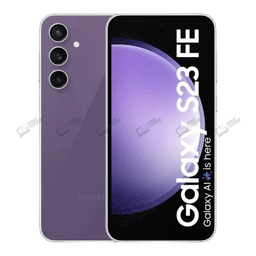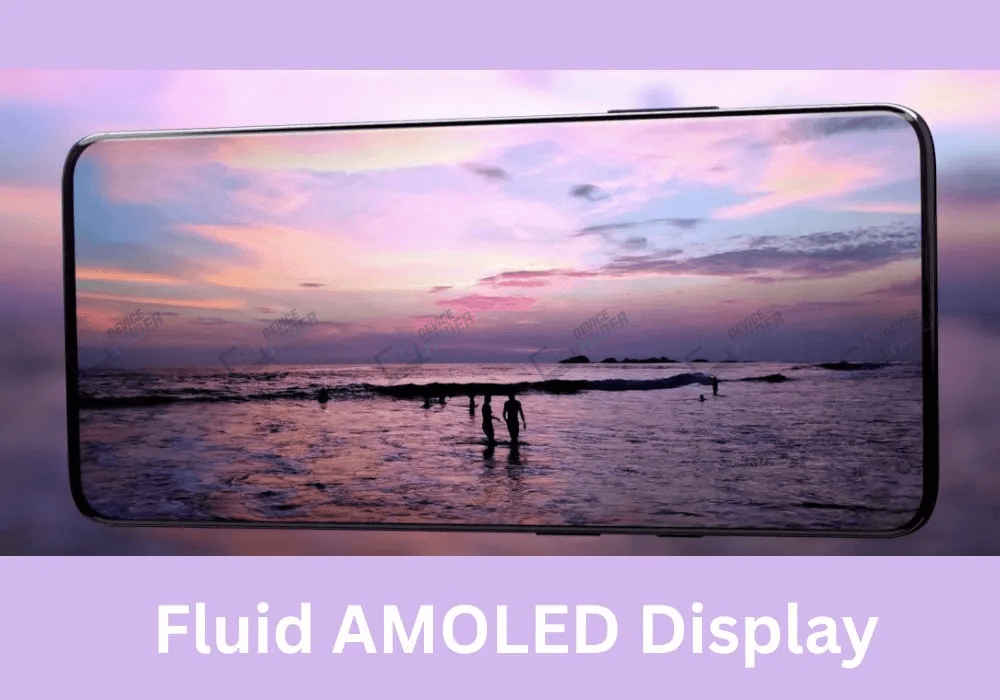
Fluid AMOLED Display Guide for Bangladeshi Mobile Phone Users
What is a Fluid AMOLED Display?
Fluid AMOLED offers smoother images with higher refresh rate. The display offers vibrant colors and deep blacks. It is also energy efficient. Bangladeshi users enjoy its high-end feel for gaming, videos, and everyday phone usage. Fluorescent Active Matrix Organic LED is the full name of Fluid AMOLED. This is not just a marketing term -- AMOLED Display panels that have higher refresh rates (90Hz and 120Hz) are included.
Key Features
- High refresh rate for Smoother Animations
- Base AMOLED for True blacks and deeper contrast
- Battery-efficient
- Use in mid-range and premium phones
The Importance of Displays in Bangladesh
When buying a smartphone in Bangladesh, the display quality matters a lot. The screen is what defines the experience, whether you are watching YouTube, gaming PUBG or browsing Facebook. In recent years, "Fluid-AMOLED display" became a popular buzzword. What is this thing? What will it cost you in 2025 and is it really worth the money?
How Fluid AMOLED Technology Works?
The display is made up of organic compounds which emit light as current flows through them. The pixels are individually illuminated.
- No backlight needed - saves energy
- More control - perfect blacks and contrast
- High refresh rate - better for motion
Fluid AMOLED vs Other Display Technologies
Fluid AMOLED vs AMOLED
- Fluid AMOLED - High-Refresh AMOLED
- It's better for gaming, animation, and scrolling
Fluid AMOLED vs Super AMOLED
- Super AMOLED with integrated touch layer
- Focus on fluid AMOLED refresh rate
- The two offer vivid visuals
Fluid AMOLED vs IPS LCD Display
- LCD backlight - Poor blacks
- AMOLED offers deeper contrast
- Fluid AMOLED makes fluidity smoother
Benefits of Fluid AMOLED in Daily Use (For BD Users)
Bangladeshi users of smartphones want to get value for their money. Fluid AMOLED adds real-life benefits:
- Enjoy smooth gaming on 90Hz or 120Hz
- Vivid Videos at YouTube and Netflix
- Battery drain is reduced in dark mode
- Comfortable eyewear during long Facebook sessions
- Mid-range handsets with a premium feel
Which Brands Use Fluid AMOLED Displays?
OnePlus
OnePlus has been a pioneer in Fluid AMOLED display technology in smartphones, with its OnePlus 7 Pro smartphone launched in May of 2019. The first OnePlus smartphone to have a Fluid AMOLED 90Hz screen set a new benchmark for responsiveness and visual smoothness. Samsung Display worked with the company to create high-refresh rate AMOLED screens. The panels were branded "Fluid" AMOLED to highlight seamless animations. OnePlus has expanded the technology to its mid-range and flagship devices such as the OnePlus 8 and 9R series and popular OnePlus Nord.
OnePlus has gained popularity in Bangladesh among gamers and tech-savvy consumers for its premium displays at affordable prices. Most OnePlus smartphones, such as the OnePlus 11R or Nord 3 by 2025, will be equipped with Fluid-AMOLED displays, establishing OnePlus' position as a leading manufacturer of smooth display smartphones.
Realme
Realme has adopted Fluid AMOLED technology in order to directly compete with the premium brands, while still offering a budget-friendly price. Realme began its journey with models such as the Realme X2 Pro, and then matured to the Realme GT Master Edition. The Realme 11 Pro+, launched mid-2023, was what really popularized Fluid-AMOLED with Bangladeshi youth. The phone had a Full HD+ Fluid AMOLED curved screen, with a 120Hz refresh rate. It delivered premium visual clarity for under BDT 40,000.
Realme targeted Gen Z and young professionals, who place a high priority on display performance and gaming. Realme's mid-range line was defined by Fluid AMOLED, which offered bright colors, thin bezels and an excellent touch response. Realme will continue to promote Fluid AMOLED phones such as the Realme Narzo 70 Pro, GT Neo Series, and other Realme smartphones until 2025. This technology is now widely available in Bangladesh.
Oppo
Oppo introduced Fluid AMOLED screens into its phone lineup in 2020, with its Reno 3 Pro. Reno5 Pro, which initially used standard AMOLED panels, marked a move towards smoother displays using 90Hz screens. Reno8 Pro, Reno9 and Reno9 Pro series adopted true Fluid AMOLED with 120Hz curvy displays. Oppo focused its efforts on creating stunning visuals and camera innovations that would appeal to Bangladeshi creative professionals, mobile photographers, and other users.
Investments in display technology and collaborations with Samsung Display and BOE Display enabled the brand to offer flagship-quality displays at more affordable prices. Oppo Reno10 and Reno11 will continue to use Fluid AMOLED in 2025. This makes them very popular with users who are interested in aesthetics, fluid UI, video editing and other features.
Vivo
Vivo's Fluid AMOLED phones are a combination of style and performance. The company used AMOLED initially in the V and X Series, but switched to Fluid AMOLED by 2021 with higher refresh rate. Vivo V23 Pro, X70 Pro+ and X70 Pro+ are amongst the first adopters. Vivo worked with BOE and Samsung Display to create panels that could run at 90Hz or 120Hz. The displays were not only brighter and more accurate, but they also supported HDR10+ for a richer media experience.
Vivo smartphones such as the Vivo V27 Pro, X90, and X90 Pro have been popular in Bangladesh among vloggers and influencers. This is primarily due to high-quality screens and advanced camera systems. Most Vivo mid-range and premium smartphones will use Fluid AMOLED by 2025 to remain competitive in terms of performance and design.
Is Fluid AMOLED Good for Gaming and Media?
It is. Even a phone with mediocre processor will feel faster if it has a 120Hz refresh rate. Bangladeshi players love this combination. Fluid AMOLEDs are ideal for:
- Gaming - Faster responses, Smoother Motion
- Videos and Movies: Richer contrast, better colors
- Less Eye Strain when Reading and Browsing
Limitations of Fluid AMOLED Displays
- More expensive compared to IPS LCD
- Screen burn-in risk over long use
- Only available on mid-range to high-end smartphones
Should You Buy a Fluid AMOLED Phone in Bangladesh?
This is the perfect device for anyone who enjoys watching videos on their mobile devices, values visual comfort and cares about quality. If so, then yes -- Fluid AMOLED will be worth the money. Check if it meets your needs in terms of battery life, performance and customer service.
Conclusion
Fluid AMOLED screens offer smoothness, vibrant colors and improved power efficiency. This technology will offer a balance between visual experience and everyday usability for Bangladeshi users by 2025. Fluid AMOLED is a great addition to any smartphone, whether you buy OnePlus, Realme or Vivo. Choose wisely and you will enjoy the best visual experience every day.
FAQs
Q1: What is the difference between AMOLED and Fluid AMOLED?
Answer AMOLED Fluid is AMOLED with a higher refresh rate. This version offers improved performance in games and scrolling.
Q2: Is Fluid AMOLED better for the eyes?
It emits less light blue and it works better on dark mode. It is more friendly to the eyes than LCD.
Q3: Which phone brands use Fluid AMOLED?
Answer : OnePlus, Realme, Oppo and Vivo are using it on mid-range Smartphones.
Q4: Is Fluid AMOLED good for gaming?
Answer: Absolutely. This allows for faster response times and better visuals in games such as Free Fire or PUBG.
Q5: Is Fluid AMOLED display available in budget phones?
Answer: It's not very often. In Bangladesh, it's found mostly on flagship and mid-range phones.
